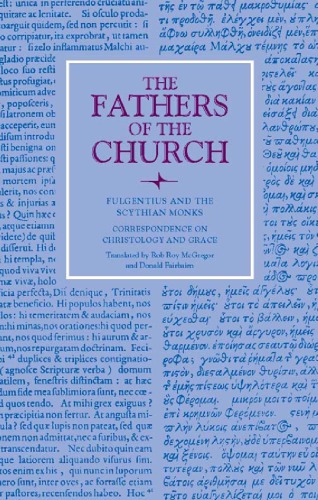

Most ebook files are in PDF format, so you can easily read them using various software such as Foxit Reader or directly on the Google Chrome browser.
Some ebook files are released by publishers in other formats such as .awz, .mobi, .epub, .fb2, etc. You may need to install specific software to read these formats on mobile/PC, such as Calibre.
Please read the tutorial at this link: https://ebookbell.com/faq
We offer FREE conversion to the popular formats you request; however, this may take some time. Therefore, right after payment, please email us, and we will try to provide the service as quickly as possible.
For some exceptional file formats or broken links (if any), please refrain from opening any disputes. Instead, email us first, and we will try to assist within a maximum of 6 hours.
EbookBell Team

4.4
22 reviewsThe
correspondence is significant because it stands at the intersection of
two great theological discussions: the primarily Eastern Christological
controversies between the Fourth Ecumenical Council in 451 and the Fifth
in 553, and the largely Western Semi-Pelagian controversy, which ran
from 427 to the Second Synod of Orange in 529. Contemporary Western
scholars normally treat these controversies over Christ and grace
separately, but there were noteworthy points of contact between the two
discussions, and Fulgentius and the Scythian monks were the ones who
drew the connections between Christology and grace most strongly. These
connections suggest that we today may do well to treat Christology and
grace more as two sides of the same coin than as separate theological
issues. Both sets of issues deal fundamentally with the relation between
God and humanity: Christological questions ask how the divine and human
are related in the person of the Savior, and grace-related questions
ask how the divine and human are linked in the conversion, Christian
life, and final salvation of each Christian. Thus, Fulgentius's
correspondence with the Scythian monks can do more than simply aid
understanding of sixth-century Byzantine/Roman theology. It can also
contribute to our contemporary thinking on the relation between two of the Christian faith's most central doctrines.